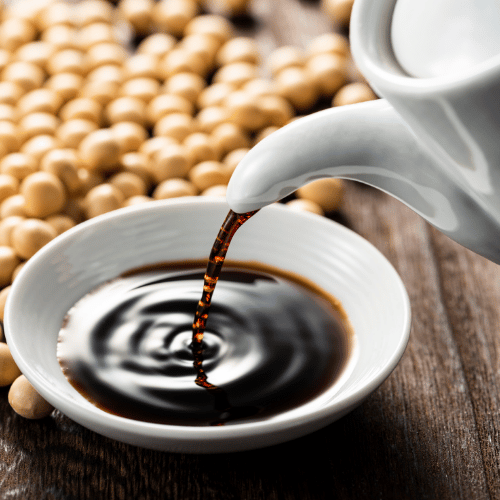Pass the Soy Sauce: Interesting Facts about Soy Sauce
By Leslie Radford
Key Takeaways
Made from fermented soy beans
Has several variations
History of soy sauce
Has many health benefits
Ages like wine
It is one of the most commonly known soy products worldwide. Soy sauce, made from fermented soy beans, is a staple ingredient in many Asian countries and is used widely across the rest of the world and comes in different varieties ranging from light to dark, and thick to runny.
Here are some more interesting facts about this beloved sauce:
Soy sauce is one of the world’s oldest condiments and is said to have been originated in China more than 3,000 years ago.
Soy sauce has various variations that include:
Shoyu – It is a Japanese-style sauce, usually made from wheat products.
Tamari – Dark, rich sauce that may contain little wheat or can be gluten-free.
Ponzu – It is made with soy sauce and yuzu (citrus fruit that originated in China and Tibet). It is sweet, light and citrusy.
Toyo – It is usually saltier than other varieties of soy sauce and is commonly used as a marinade.
Ganjang – It is a type of Korean soy sauce, usually made with fermented soybean and brine.
Soy sauce is rich in antioxidants, isoflavones, protein, and even a small amount of fiber. One tablespoon of soy sauce contains roughly 18 calories, 1 gram of protein, 1 gram of carbohydrates, and 1000 mg of sodium.

The soy sauce owes its color to the Maillard Reaction, which begins two or three months after the brewing begins. In this reaction, the sugars of the soy sauce combine with amino acids to produce melanoidin, which gives soy sauce its brown color.
Soy sauce traditionally made from a fermented paste of soybeans, roasted grain, brine, and Aspergillus oryzae or Aspergillus sojae molds.
Soy sauce is a lot like wine. The longer it ages, the more complex its flavor.


